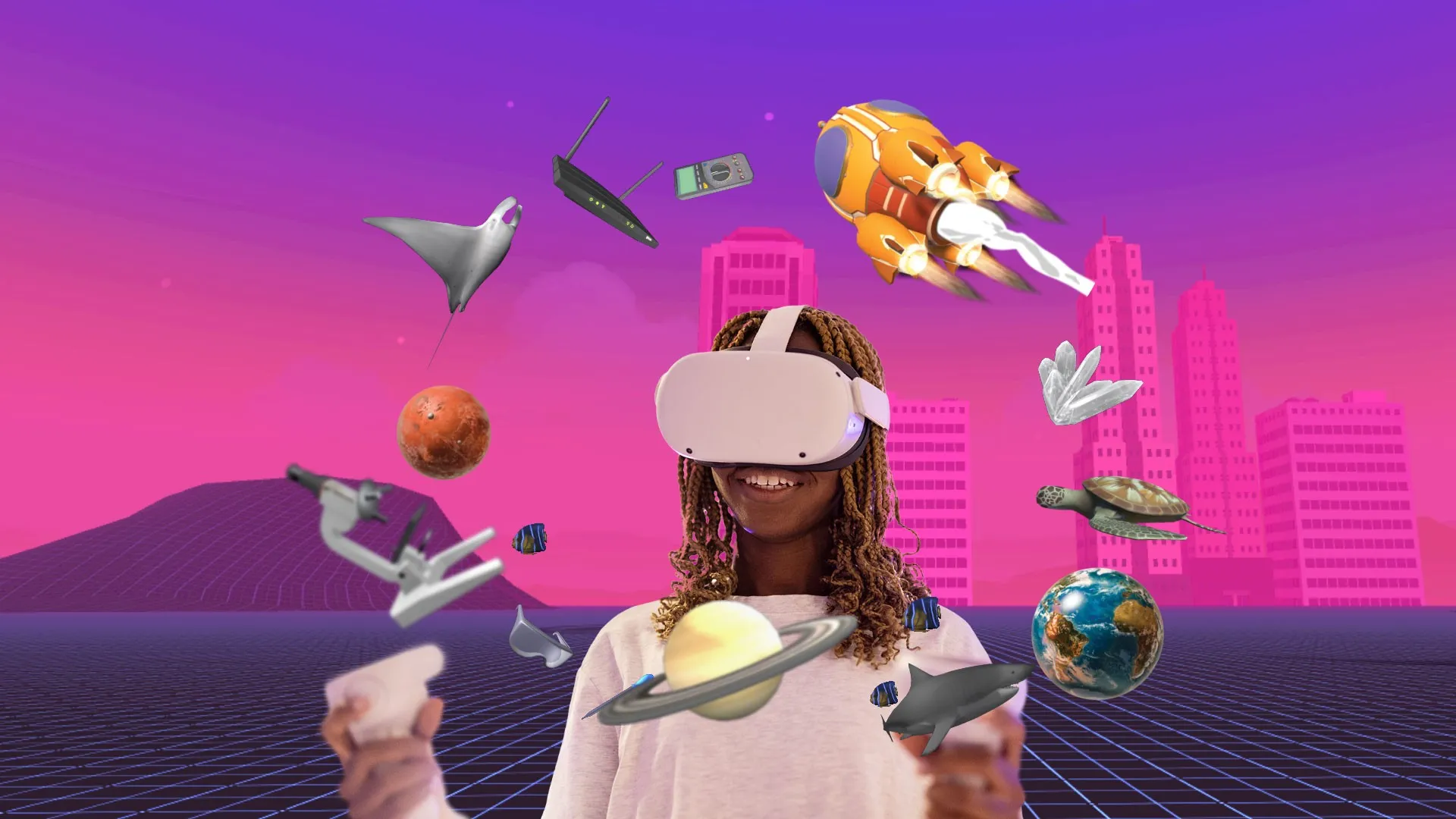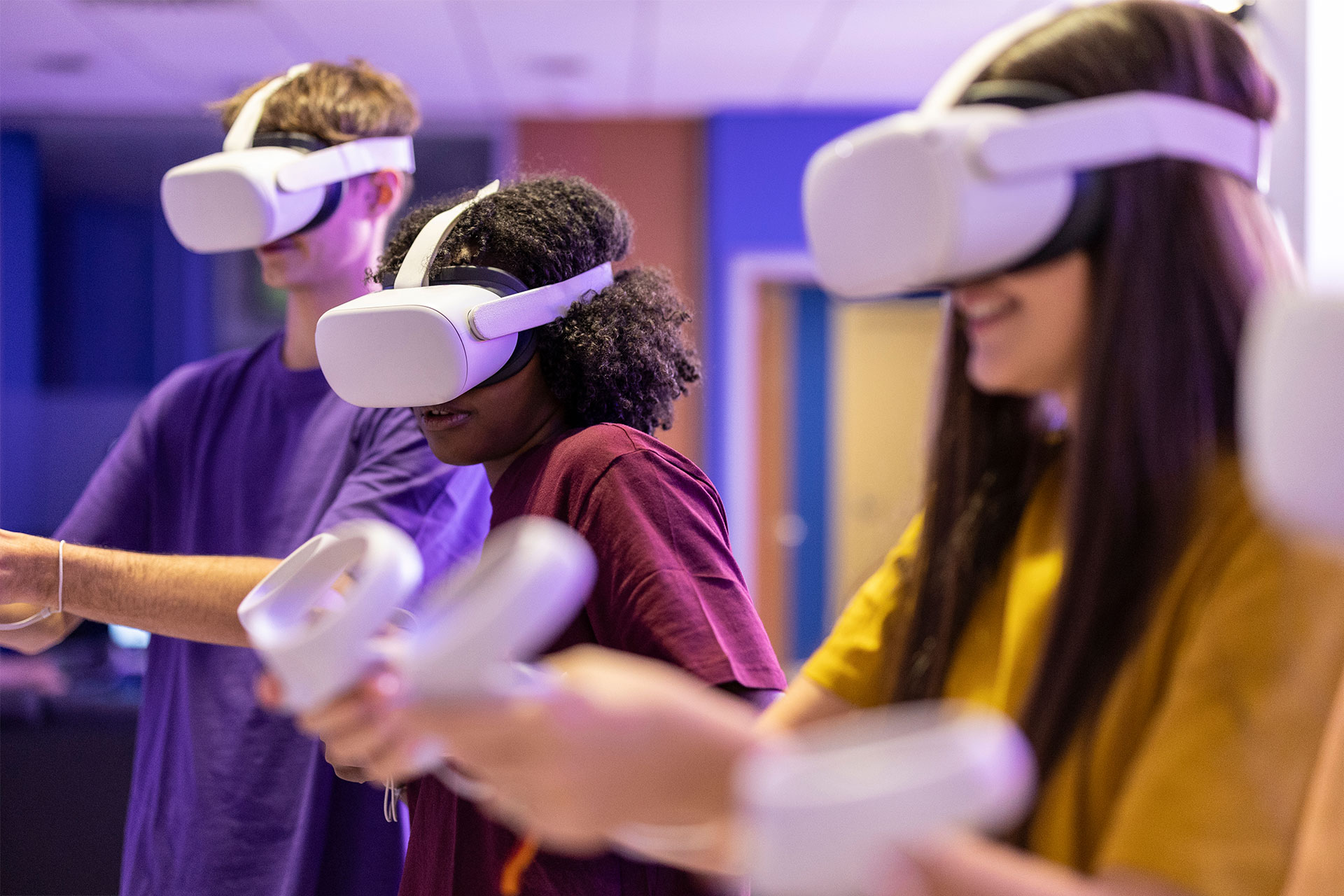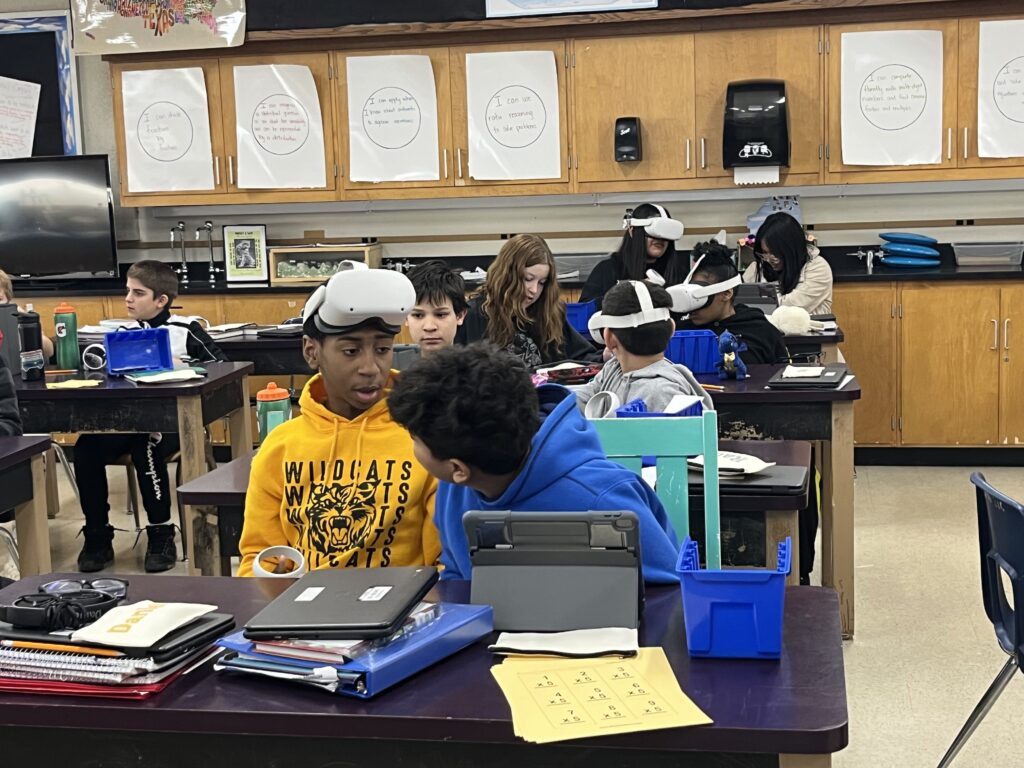
The way we learn has come a long way from the days of chalk dust and lectures, much less the smudge-ridden whiteboards that took their place. Even the adoption of interactive whiteboards was only a mild step away from traditional stand-and-deliver instruction. Today, classrooms need to incorporate modern technology and mirror the interactive and interconnected world students experience outside of it.
What are the drawbacks of VR Education?
VR's capability to engage students is impressive, but it also opens doors to potential distractions. Without the physical presence of the teacher in some simulations, students might find it tempting to explore aspects of the virtual world that aren't related to the lesson. It’s a new version of flipping ahead, but given that exploration is also much of the value in VR, this is a lightweight problem. In addition, the technical infrastructure required for VR includes a strong and consistent Internet connection. Lastly, a general lack of familiarity with VR technology can leave many educators feeling unprepared to manage and troubleshoot these environments effectively. How can teachers give students VR headsets when they don’t know how to use them themselves?
What is Action-Oriented VR Learning?
But what exactly is action-oriented VR learning? It's a design approach that encourages learners to actively engage with the material, solve problems, and think critically. Imagine stepping into a virtual lab where students conduct high-risk experiments or exploring ancient ruins in a simulated archaeological dig. These scenarios promote an active learning environment that is educational and exciting. And that’s just teacher-created scenarios. What happens when students are the VR creators?
Ian, a high school student, created a VR simulation that allows users to virtually try on clothes and see how they look without buying multiple sizes. Users input their body measurements to ensure a perfect fit. In the future, he hopes to refine his avatars and partner with clothing brands so users can make purchases within the simulation. This type of experience encouraged Ian into action. He applied and extended theoretical knowledge in a practical, real-world situation.
Another student created HistorActive to engage kids in history by creating immersive experiences with accurate, historical details. This student felt empowered to make history a more interesting topic for himself and for others. Two students collaborated to create mental health awareness and support through several VR scenes and helpful resources. By incorporating helpful resources and support mechanisms within the VR scenes, this project makes mental health support more accessible and engaging, potentially reaching individuals who might be reluctant to seek help in traditional settings.
One of the most impressive aspects of VR in education is its power to create a community, even when students are physically apart. While VR transports students to different worlds—it’s also about how it can bring them together in those worlds. When we discuss designing VR experiences that include shared virtual spaces and multiplayer modes, what we’re really talking about is using technology to support human connection, not replace it.
History classes can read about ancient Rome and then students can actually "walk" through the Roman Forum together and discuss architecture and politics with classmates as if they were really there. Instead of looking at static pictures in a biology textbook, students can dive into a virtual ocean, observe marine life in its natural habitat, and interact with their peers to solve problems like pollution or overfishing in real-time. These experiences are more thought-provoking and encourage a sense of responsibility and collaboration as students work together to solve real-world issues.
Disguised Rigor. How VR Learning Gets Students To Want to Work Harder.
VR education sneaks rigor into the learning process. Students willingly step into challenges when they put on VR headsets. These environments are designed to stretch their abilities quietly but effectively. They push them to solve complex problems, think critically, and collaborate with peers—all under the guise of exploring new, exciting worlds.
VR that mixes educational content with storytelling is a powerful tool for learning activities. Students who weave concepts and lessons into stories can only be actively engaged. They aren't just learning about history or science; they're part of the story and making specific choices to drive outcomes. A narrative approach forces them to think deeply about the material. How do historical decisions impact the present? How do scientific principles play out in real-world scenarios? This is anything but passive learning; it's an active experience that leaves students energized and reflective.

How to Create Action-Oriented VR Learning for Students: A Quick Guide
1. Start with the End in Mind
2. Build Around a Story
3. Design Interactive Challenges
4. Encourage Collaboration
5. Test and Iterate
Why VR Learning Matters For Today's Students
Education should be an adventure, not a chore. VR challenges students to think and engage in ways traditional methods can't. And most importantly, it prepares them for real-world challenges by stimulating critical thinking, problem-solving, and teamwork skills in complex, dynamic environments.
- Explorers
- Creators
- Engagers
- Problem-solvers
Educators witness their students enthusiastically embrace complex problems, collaborate naturally with peers, and develop critical thinking skills in virtual worlds. This shift enhances the learning experience and enriches the teaching process, giving a refreshing perspective on student capabilities and engagement.

Are you ready to see your students in this new light? If so, let's take the leap together.
